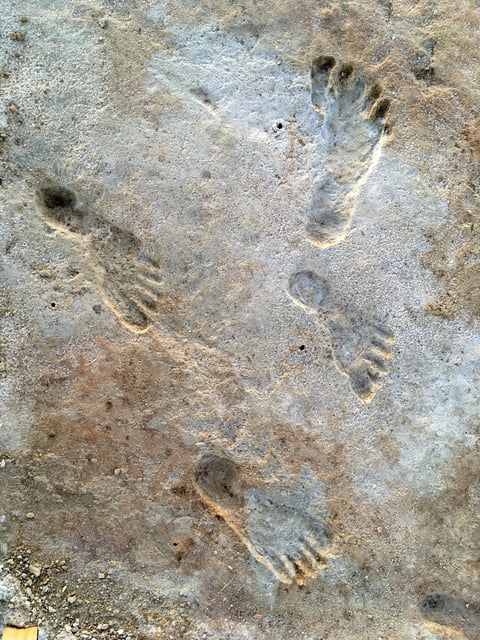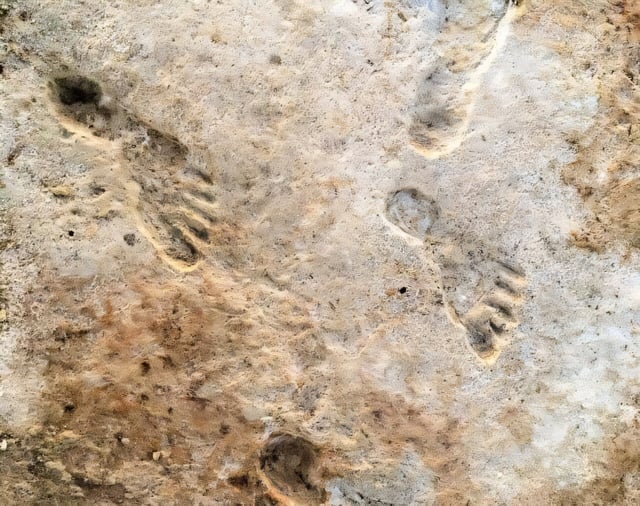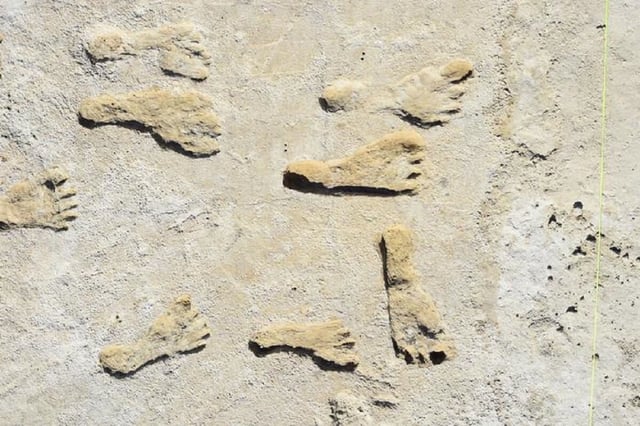Overview
- The footprints were excavated in an ancient stream bed at White Sands National Park and dated between 20,700 and 22,400 years ago using mud radiocarbon analysis
- Three distinct materials—seeds, pollen and mud—have been radiocarbon dated across three independent laboratories, yielding 55 consistent age estimates
- The confirmed timeline places these trackmakers millennia before the Clovis culture, overturning the long-held belief that North America’s first inhabitants arrived around 14,000 years ago
- Researchers have found no associated tools or campsites, a pattern they attribute to brief, mobile hunter-gatherer movements that left minimal material traces
- Published in Science Advances, the study adds robust evidence for human presence in North America during the Last Glacial Maximum


